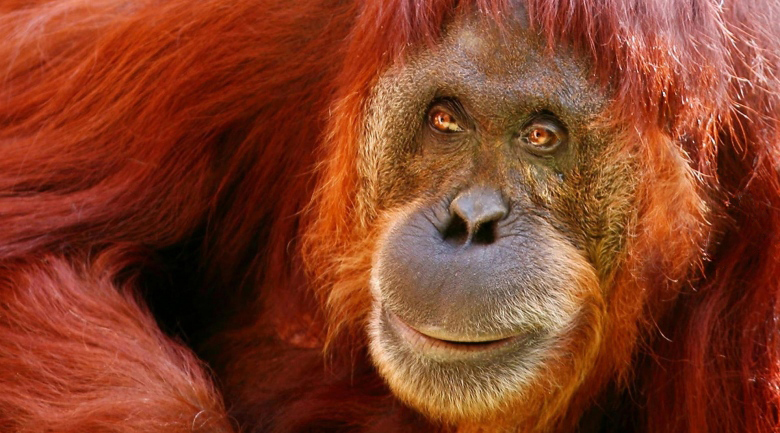
The Earth Biogenome Project, a global consortium that aims to sequence the genomes of all complex life on Earth in 10 years, is ramping up. The project’s origins, aims, and progress are detailed in two multi-authored papers published this week. Specifically, researchers will no longer be limited to a few “Model species” and will be able to mine the DNA sequence database of any organism that shows interesting characteristics.
The project was first proposed in 2016, and I was privileged to speak at its launch in London in 2018. The aim of phase one is to sequence one genome from every taxonomic family on Earth, some 9,400 of them.
By the end of 2022, one-third of these species should be done. Phase two will see the sequencing of a representative from all 180,000 genera, and phase three will mark the completion of all the species.
The grand aim of the Earth Biogenome Project is to sequence the genomes of all 1.8 million described species of complex life on Earth.
While model organisms like mice, rock cress, fruit flies, and nematodes have been tremendously important in our understanding of gene functions, it’s a huge advantage to be able to study other species that may work a bit differently. Comparing closely and distantly related species provides tremendous power to discover what genes do and how they are regulated.
Scientists also use species comparisons to trace genes and regulatory systems back to their evolutionary origins, which can reveal astonishing conservation of gene function across nearly a billion years.
The genome of animals is also far more conserved than has been supposed. It will be exciting, too, to explore the “Dark matter” of the genome, and reveal how DNA sequences that don’t encode proteins can still play a role in genome function and evolution. Another important aim of the Earth Biogenome Project is conservation genomics.
This field uses DNA sequencing to identify threatened species, which includes about 28 percent of the world’s complex organisms, helping us monitor their genetic health and advise on management.
Until recently, sequencing large genomes took years and many millions of dollars. There have been tremendous technical advances that now make it possible to sequence and assemble large genomes for a few thousand dollars.
The entire Earth Biogenome Project will cost less in today’s dollars than the Human Genome Project, which was worth about US$3 billion in total. New sequencing methods can scan long molecules of DNA that are tethered in tiny tubes, or squeezed through tiny holes in a membrane.
Why not save time and money by sequencing just key representative species?
Well, the whole point of the Earth Biogenome Project is to exploit the variation between species to make comparisons, and also to capture remarkable innovations in outliers. If we sequence only 69,999 of the 70,000 species of nematode, we might miss the one that could divulge the secrets of how nematodes can cause diseases in animals and plants.
There are currently 44 affiliated institutions in 22 countries working on the Earth Biogenome Project. There are also 49 affiliated projects, including enormous projects such as the California Conservation Genomics Project, the Bird 10,000 Genomes Project, and UK’s Darwin Tree of Life Project, as well as many projects on particular groups such as bats and butterflies.
